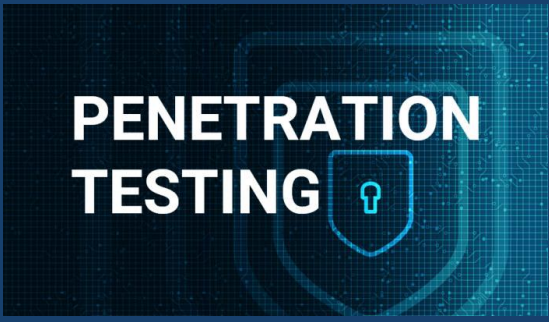Penetration Testing
Pen testing is an important component of a comprehensive security program, as it helps to identify weaknesses in the security infrastructure before they can be exploited by real attackers. By identifying and addressing vulnerabilities proactively, organizations can reduce the risk of a successful attack and minimize the impact of any security incidents that do occur.
Penetration testing (pen testing) is a type of security testing that involves simulating an attack on a system or network to identify vulnerabilities and assess the effectiveness of existing security measures. The objective of pen testing is to find weaknesses in the security infrastructure before they can be exploited by real attackers.
XeneX PEN Testing process involves several steps. This includes:
Planning: In this stage, working with organization, XeneX team defines the objectives of the test, determine the scope of the test, and the testing methodology is selected. This stage may also involve obtaining authorization from the organization that owns or operates the system being tested.
Reconnaissance: This stage involves gathering information about the target system or network, including identifying potential vulnerabilities and attack vectors. This may involve using tools such as port scanners and vulnerability scanners, as well as manual techniques such as social engineering.
Exploitation: In this stage, XeneX security engineers specializing as pen testers attempt to exploit the identified vulnerabilities to gain access to the target system or network. XeneX utilizes the built-in tools in XeneX platform as well as custom scripts to launch attacks.
Post-Exploitation: Once access has been gained to the target system or network, the pen tester may attempt to maintain access, escalate privileges, or exfiltrate data. This stage may involve using additional tools and techniques to evade detection and maintain access.
Reporting: After the pen testing is complete, a report is generated that outlines the findings of the test, including any vulnerabilities that were identified, the severity of the vulnerabilities, and recommendations for remediation.

